Using Open Policy Agent (OPA) to Improve Your Cloud Security
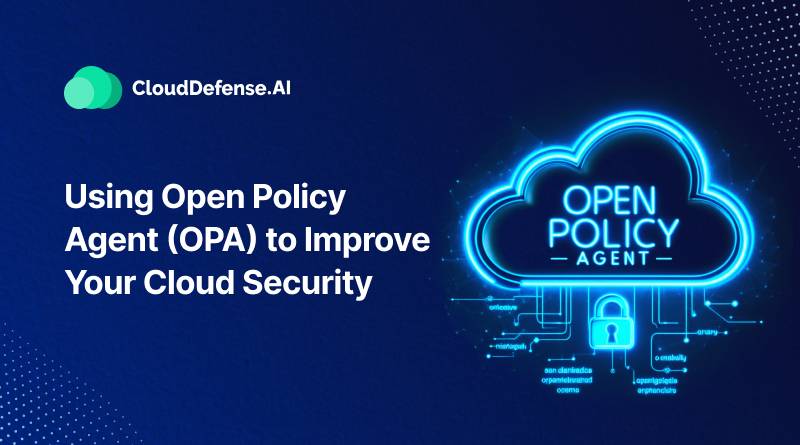
package example default allow = false allow { input.method == “GET” input.path = [“payment”, “jane”] }
What is ICMP? | Internet Control Message Protocol
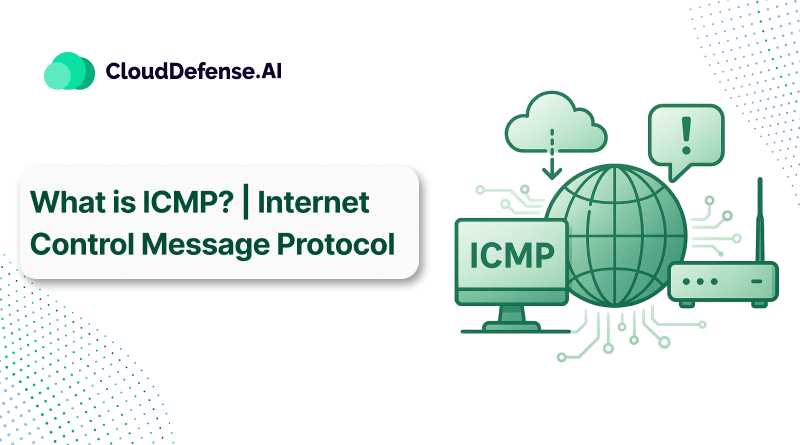
ICMP (Internet Control Message Protocol) is a network protocol used for error reporting and diagnostic functions in IP networks.
What is IGMP? | Internet Group Management Protocol
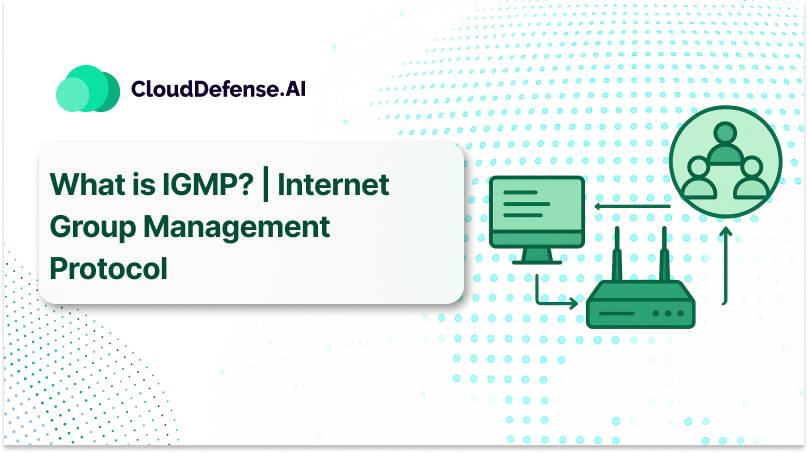
IGMP (Internet Group Management Protocol) is a communication protocol used to manage multicast group memberships in IP networks.
What is Open-Source Intelligence (OSINT)?
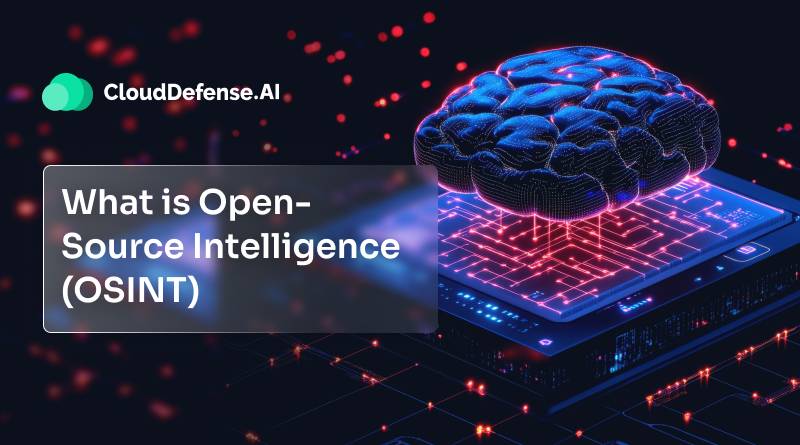
Open-Source Intelligence (OSINT) is the practice of collecting and analyzing publicly available data for intelligence purposes.
What is Proactive Risk Management?
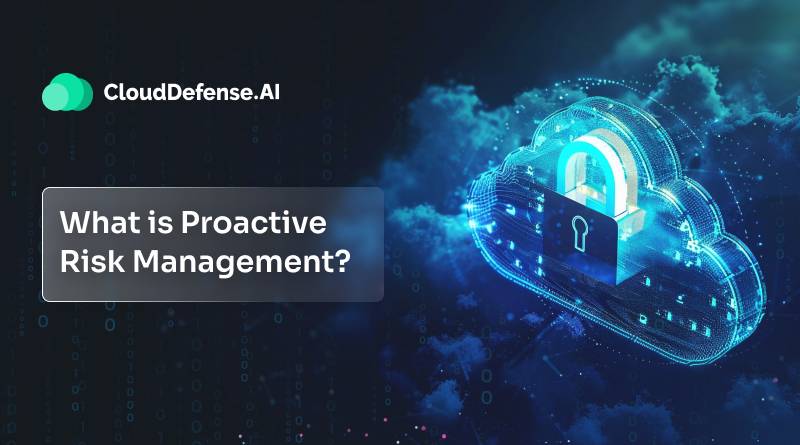
Proactive Risk Management is the strategy of identifying and addressing potential risks before they impact business operations.
What is Supply Chain Security?
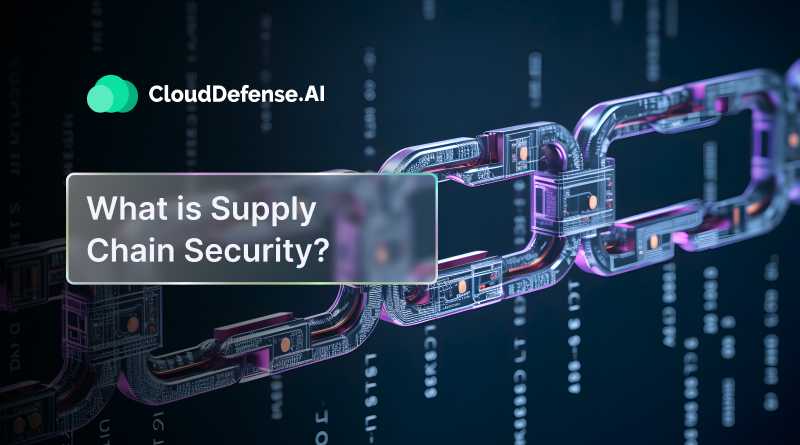
Supply chain security is the practice of protecting every component and process involved in the development, delivery, and deployment of software.
What is SLSA?
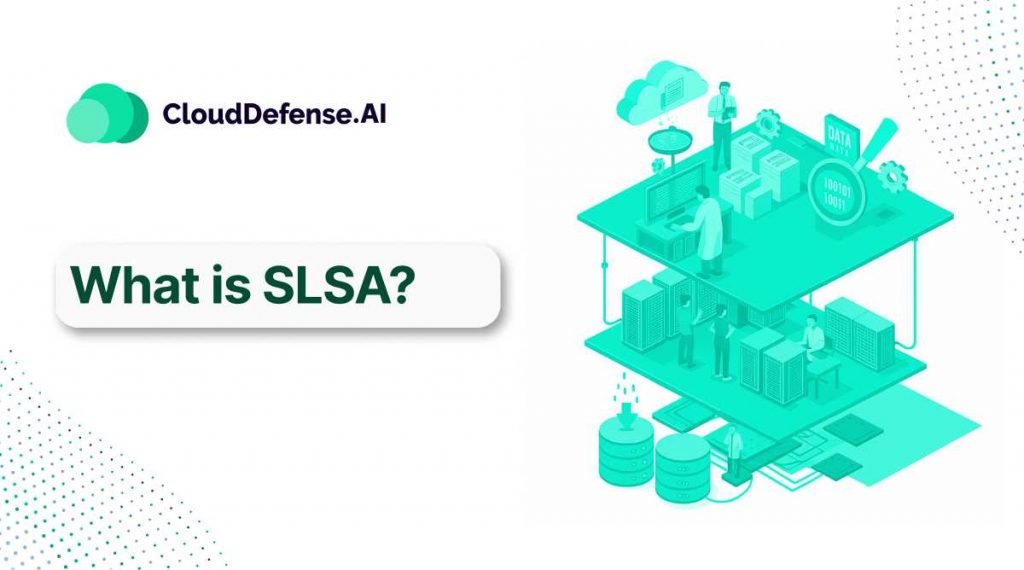
Supply-chain Levels for Software Artifact is a security framework that improves and ensures the integrity of software packages and infrastructure throughout their supply chain.
Benchmarking AI-Generated Code: Cursor vs Windsurf vs Secure Coding Standards
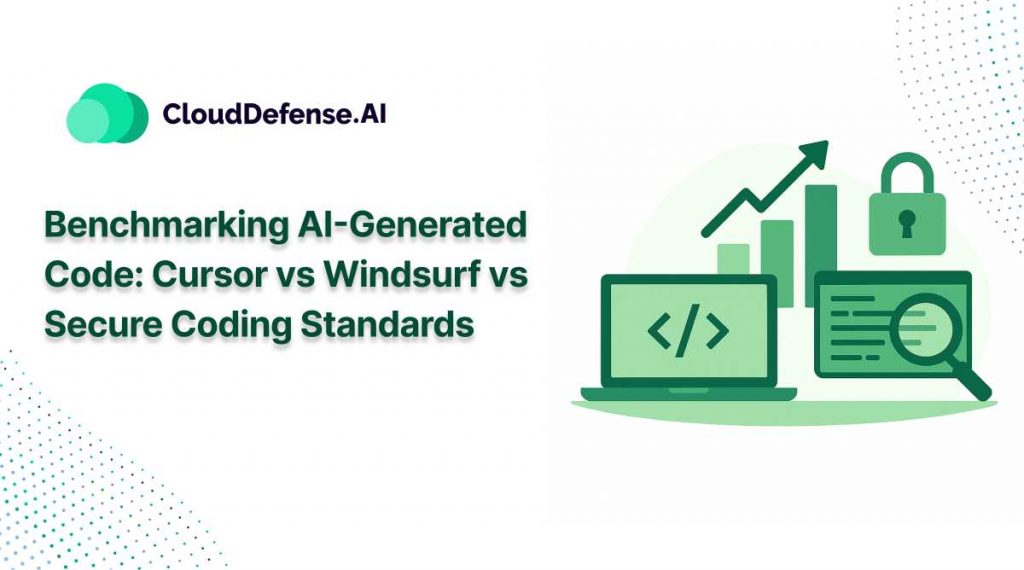
The rise of AI-based code editors is reshaping the approach towards the software development process. Among all the AI power code-generating tools, Cursor and Windsurf have emerged as the prominent solutions. Despite offering high productivity and speed in the SLDC, there is still uncertainty in the security and quality of AI-generated code. Benchmarking AI-generated code […]
What is DNS Poisoning?
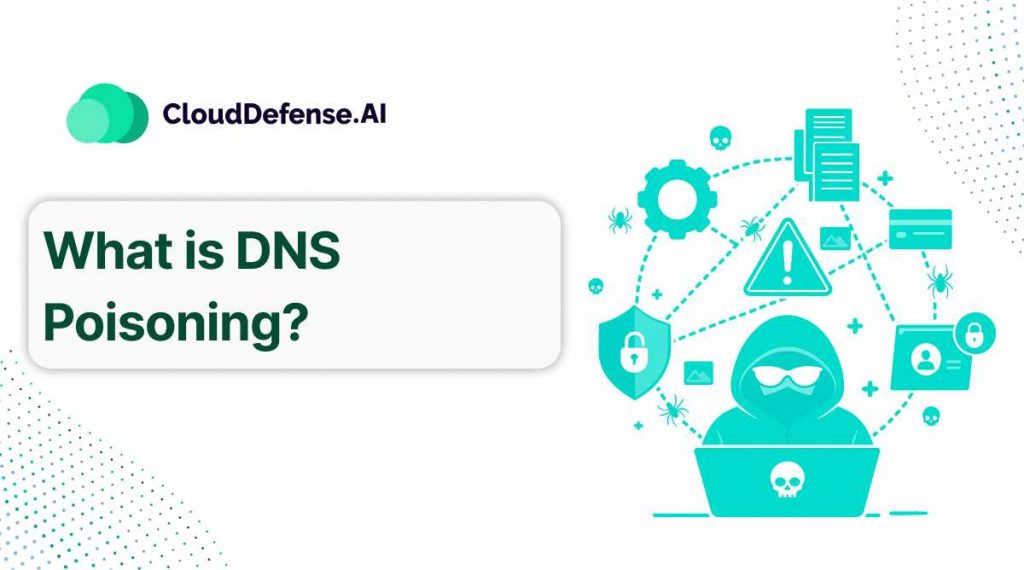
DNS poisoning (or DNS spoofing) is a cyberattack that alters DNS records to redirect users to malicious websites without their knowledge.
What is Firewall Configuration?
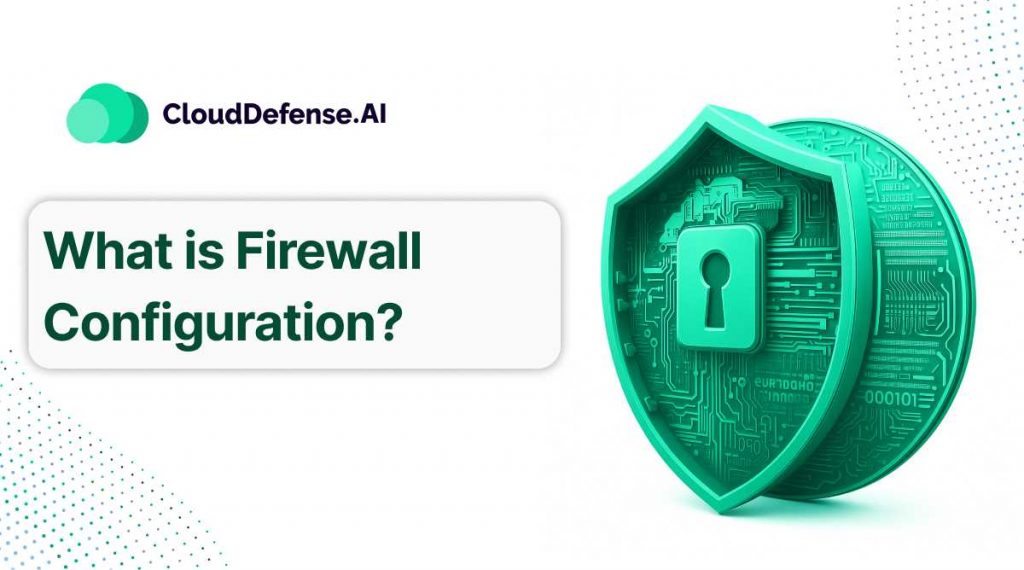
Firewall configuration is the process of setting up rules and policies to control incoming and outgoing network traffic for enhanced security.



